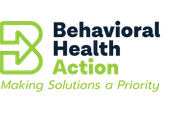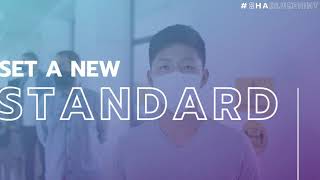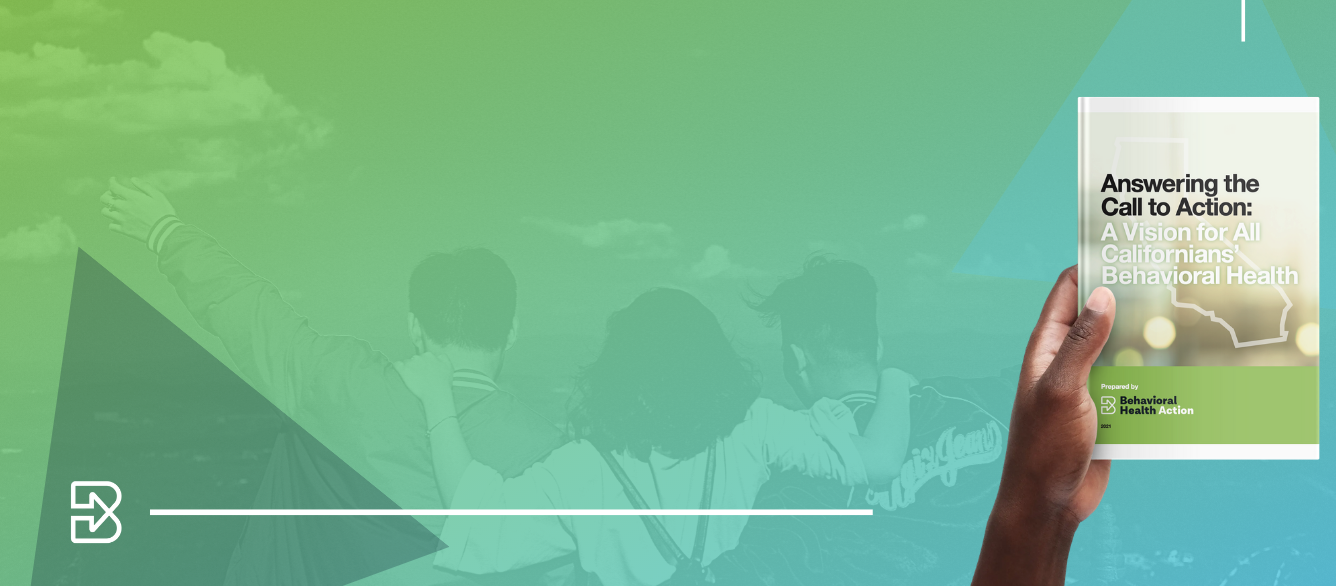The Lessons of COVID-19
Over the past year, Behavioral Health Action has been working to develop a model for behavioral health in California. As this report was prepared for release in early 2020, the COVID-19 public health emergency changed the world — including exacerbating behavioral health challenges by creating new obstacles for those already in distress and increasing the ranks of those who need care.
Across the board, behavioral health needs have skyrocketed.
Having lived with COVID-19 for the better part of a year, we now know that, both statewide and nationally, the number of people who need mental health and substance use disorder care has increased at an alarming rate. Economic insecurity, social isolation, health concerns, the strain of caring for others or working on the front lines — all have taken their toll. Behavioral health care needs have never been greater — for health care workers, families, and children, and those in ethnic and minority communities that have been disproportionally hard hit by the COVID-19 public health emergency.[i]
Families and children are also experiencing a new range of stressors threatening their physical and mental well-being. Job losses, school closures, and caring for loved ones recovering at home are contributing to higher levels of stress, anxiety, and depression. Families who would normally be able to see loved ones in the hospital are now being isolated and disconnected, causing additional levels of anxiety and fear. Finally, losing a family member or friend due to COVID-19 is putting people at a higher risk for prolonged grief.
It is against this backdrop that one in four Americans continues to require behavioral health care, and many more are now experiencing that same need. Nationally, a recent study found that 13.3% of adults reported new or increased substance use as a way to manage stress due to COVID-19. In July, nearly half of Californians reported symptoms of generalized anxiety disorder or major depression since the start of the public health emergency.[ii]
For some, the risks are even greater.
While COVID-19 has drastically changed life for nearly everyone, factors such as life stage, socioeconomic and employment status, and family roles have intensified the behavioral health implications for many. Consider:[iii]
- More than half of people who lost income or employment report negative mental health impacts. Black and Hispanic adults are more likely than others to say they or someone in their household has lost a job or taken a cut in pay due to the outbreak.[iv]
- Lower income people report higher rates of major negative mental health impacts compared to higher income people. More than one-third of adults earning less than $40,000 annually say worry or stress related to COVID-19 has had a major negative impact on their mental health.
- People over 65 report increased anxiety, and parents with children in K-12 schools report concern for their children’s social and mental wellness.
- Front-line workers are experiencing high rates of burnout and increased anxiety. A poll in mid-April found that 64% of households with a health care worker said worry and stress caused them to experience at least one adverse effect on their mental health, compared to 56% of the total population.
- For Black Americans, the recent, frequent images and viral videos of police brutality against Black people have compounded the disproportionate impacts of COVID-19. Racial trauma — the distress experienced because of the accumulation of racial discrimination, racial violence, or institutional racism — is having a real effect on Black and Hispanic adolescents and adults.[v]
Change cannot be delayed.
The ideas presented in this report should be understood in tandem with the public health emergency and racial trauma and how significantly they have complicated California’s behavioral health care landscape. Demand for care has increased during a time when the number of providers has decreased, and the challenges in delivering care have never been more complex.
We must learn from the 2020 public health emergency, begin the change that will improve peoples’ lives — and in the process, better prepare ourselves for future crises that unexpectedly derail the behavioral health of millions of Californians.
Citations
[i] California Health Care Foundation, “Racism Fuels Double Crisis: Police Violence and COVID-19 Disparities,” June 8, 2020, https://www.chcf.org/blog/racism-fuels-double-crisis-police-violence-covid-19-disparities/.
[ii] Czeisler, M. et al, U.S. Department of Health and Human Services, “Mental Health, Substance Use, and Suicidal Ideation During the COVID-19 Pandemic — United States,” Morbidity and Mortality Weekly Report, June 2020, http://dx.doi.org/10.15585/mmwr.mm6932a1.
[iii] Panchal, N. et al, Kaiser Family Foundation, “The Implications of COVID-19 for Mental Health and Substance Use, August 2020, https://www.kff.org/coronavirus-covid-19/issue-brief/the-implications-of-covid-19-for-mental-health-and-substance-use/.
[iv] Pew Research Center, “About Half of Lower-Income Americans Report Household Job or Wage Loss Due to COVID-19,” April 2020, https://www.pewsocialtrends.org/2020/04/21/about-half-of-lower-income-americans-report-household-job-or-wage-loss-due-to-covid-19/
[v] Nasir, N., Associated Press, “Images of brutality against Black people spur racial trauma,” June 29, 2020, https://apnews.com/article/e0f960ecf3b1059a8daa50309be8d6f1. O’Neil, R., Harvard Kennedy School, “The hidden trauma of police killings,” June 11, 2020, https://www.hks.harvard.edu/faculty-research/policy-topics/gender-race-identity/hidden-trauma-police-killings.


